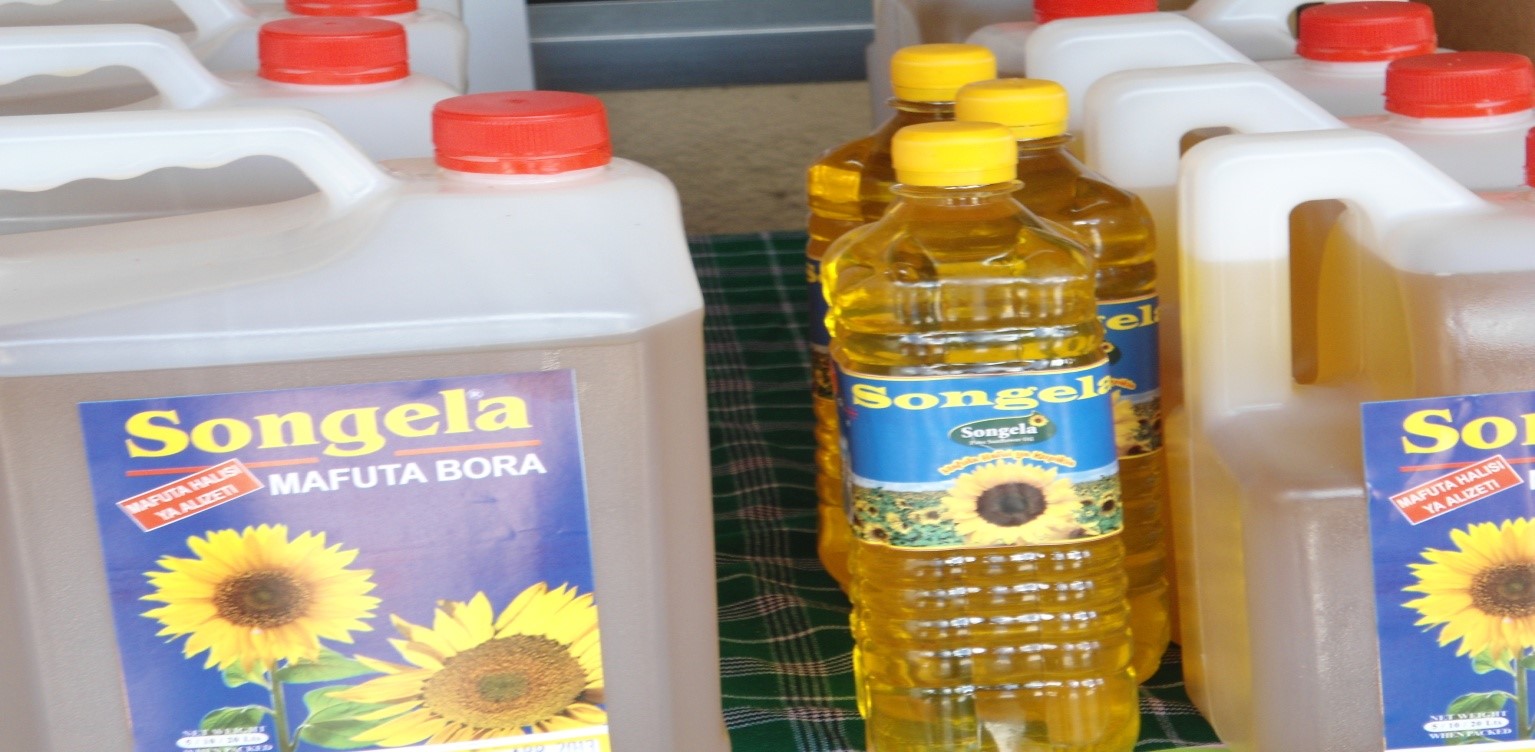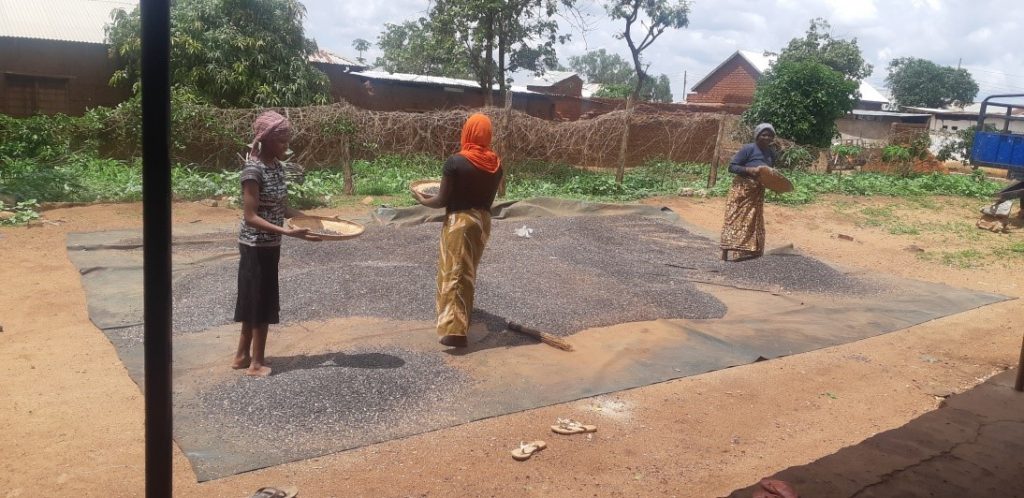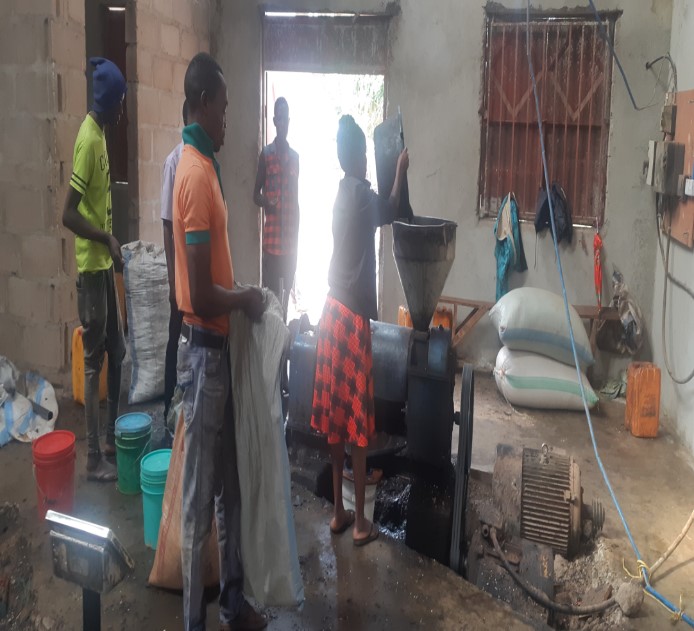Sunflower commercialisation in Tanzania: Everybody benefits but with social difference

By John Jeckoniah and Aida Isinika
In this blog, based on research shown in the newly published APRA Working Paper 49, the authors explore the social impacts of sunflower commercialisation in Tanzania. They highlight the key findings from their research, and outline changing livelihoods are affecting different actors in the sunflower value chain. They then offer policy advice to the government and development partners on the most sustainable way forward.
Context
Our study on the political economy of sunflower commercialisation in Tanzania has highlighted several social differences between stakeholders within the sector. Key to this finding has been the relationship between the importers of edible oil and local actors of the sunflower, farmers and processors, who are both struggling to influence national policies and strategies in their favour. While there is potential to increase local production to meet local demand and increase exports, local production currently only provides for 45% of local demand. The remaining 50–55 per cent comes from imports – mostly palm oil from Asia. As part of this study, we analysed existing secondary data from journal articles and government policies, the information from secondary data was complimented with an APRA field survey, which was conducted in 2018 to assess the impact of sunflower commercialisation on livelihood outcomes.
Key findings
Sunflower production and processing capacity have evolved from the 1970s, during which it was only a minor crop, produced mainly for subsistence and processed by mortar and pestle mostly done by women, with little surplus being sold to neighbours within villages. As agronomy and processing improved, the crop has become increasingly popular since 2000, mainly through area expansion use of higher yielding varieties and improved agronomic practices. In due course, processing moved from mortar and pestle to diesel and electric powered machines. This also meant processing and marketing activities switched to men since it sometimes involves travelling outside the village. In this transition women lost control of some postharvest decision making power. Sunflower commercialisation increased the area under crops, taking over some of the traditional grazing land such that land for livestock has become very scarce in many villages. This has led to changes in the institutional framework for managing livestock, forcing large owners to redistribute their herds to poorer neighbours as caretakers. The livelihood has led to a widespread disparity in accessing resources for production, which differ by gender, age, wealth status. This in turn has led to social differentiation. Consequently, poorer households and women, especially female-headed households, benefit less from sunflower commercialisation. Even the traditional practice of nsoza, among the Wanyiramba ethnic group (the most dominant in Singida region) where a husband was obliged to give land to his wife the proceeds from which were sorely under her control. Increasing land scarcity and rising divorce rate threatens to end this practice, which has been quite empowering to women.
In the context of sunflower commercialisation in Singida, we found that males had more ownership of land than female-headed households, rich-and middle-wealth ranked farmers own more land relative to small and poor farmers. Men have taken over processing following sunflower commercialisation since 2000s. While this, to some extent, has lessened the burden on some women who were involved in the physical-intensive task of oil-processing, the takeover has also disempowered women, who have lost control of the proceeds from the sale of sunflower seed, oil or seed cake. We also found that the changes in the level of wellbeing over time differed across wealth rank, gender and age, leading to social differentiation. The highest proportion of middle-wealth rank farmers experienced improvement in their livelihood status. Those categorized into low wealth rank either stagnated or their wealth status declined. The highest proportion of stagnating or declining livelihoods was experienced among low-ranking households. Older household heads, both male and female, also faced a higher risk of decline due to prolonged sickness and being widowed. The sunflower commercialisation has also changed the institutional framework for managing livestock, forcing large owners to redistribute their herds to poorer neighbours as caretakers. These neighbours have benefited from keeping the animals as they sell milk and use the animals for cultivation, thereby reducing inequality in access to livestock as assets, but also to related goods and services.
Conclusions and policy implications
Despite some improvement in production and productivity, the supply of sunflower seeds is still inadequate to meet local demand and the processing capacity, which is still dominated by small and medium-scale processors using the crushing extraction method, these processing machines/technology have low efficiency as it leaves a lot of sunflower oil remain in the seedcake. The government, NGOs and actors in the value chain should continue to promote the use of improved seeds and good agronomic practices to increase production and productivity as well as improving the efficiency in sunflower processing to avoid losses. Discussion with FGD members also revealed everybody has benefited from sunflower commercialisation but not to the same extent due to various factors that lead to social differentiation. It was noted that family cohesion and hard work also paid off. Drinking and laxity was associated with many households that declined, irrespective of age or gender. Overall, the sunflower value chain is characterised by low-women participation at higher levels of the value chain (marketing, processing). They are instead concentrated at lower-return nodes of the value chain (farming). Younger farmers tend to perform better in having higher productivity and more diversified livelihood options but they own significantly less land and livestock assets on average. But they sell a higher proportion of what they produce, hence a higher commercialisation index, probably because they have smaller families. The social differentiation observed suggest that women, youth and poor men still encounters many barriers to lift them out of poverty through sunflower cultivation and marketing. The government and development actors should continue to empower women against cultural barriers, such as limitations imposed on women travelling outside of their villages to lucrative markets, as well as make it easier for them to obtain access to credit.


